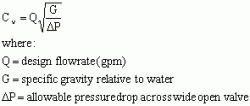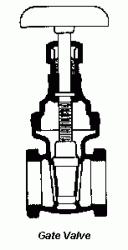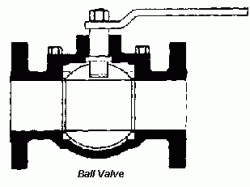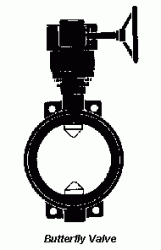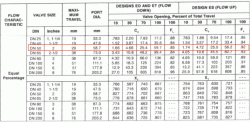Articles Archives
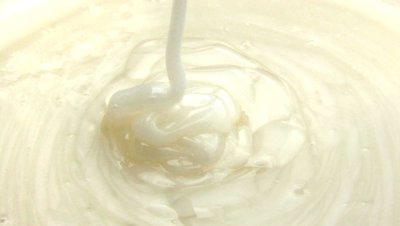
Product Viscosity Versus Shear
Feb 11 2013 06:50 PM |
Steve Hall
in Fluid Flow
Many products are known to be “shear thinning,” which is a term given to materials that exhibit a decrease in viscosity when force is exerted. The viscosity of pseudoplastic fluids decreases with shear, and recovers quickly when the shear is removed. Examples include paper pulp in water, latex paint, molasses, and pharmaceutical suspensions (such as certain cough syrups).
Article Images:
Read story →
6 comments





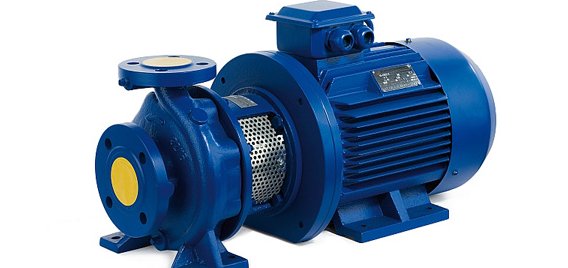
Centrifugal Pumps: Basic Concepts of Operation,...
Nov 08 2010 11:30 AM |
Mukesh Sahdev
in Fluid Flow
The operating manual of any centrifugal pump often starts with a general statement, "Your centrifugal pump will give you completely trouble free and satisfactory service only on the condition that it is installed and operated with due care and is prope...
Article Images:
Read story →
17 comments





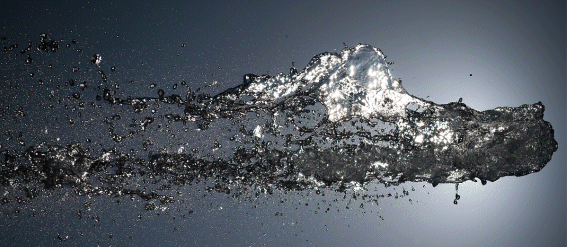
Valve Sizing and Selection
Dec 05 2011 03:20 PM |
Chris Haslego
in Fluid Flow
Sizing flow valves is a science with many rules of thumb that few people agree on. In this article I'll try to define a more standard procedure for sizing a valve as well as helping to select the appropriate type of valve. **Please note that the corr...
Read story → 16 comments





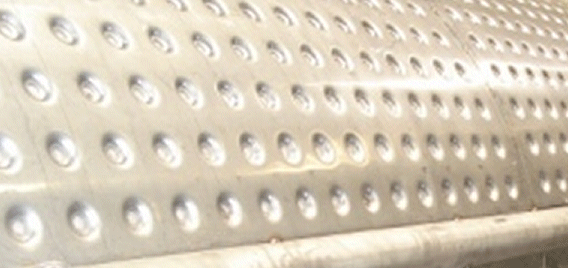
Jacketed Vessel Design
Nov 08 2010 01:20 PM |
Guest
in Heat Transfer
Jacketing a process vessel provided excellent heat transfer in terms of efficiency, control and product quality. All liquids can be used as well as steam and other high temperature vapor circulation. The temperature and velocity of the heat transfer me...
Article Images:
Read story →
2 comments





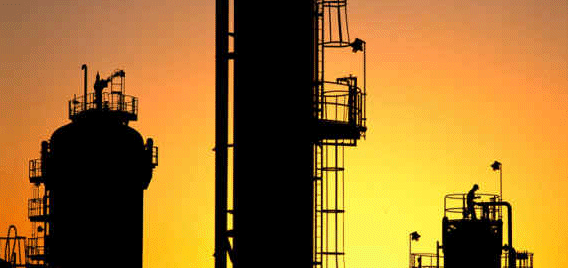
A Students Guide to Refining
Nov 08 2010 01:20 PM |
Chris Haslego
in Energy
Distillation is the first step in the processing of crude oil and it takes place in a tall steel tower called a fractionation column. The inside of the column is divided at intervals by horizontal trays. The column is kept very hot at the bottom (the c...
Article Images:
[attachment=5123:IPC]
Read story →
7 comments





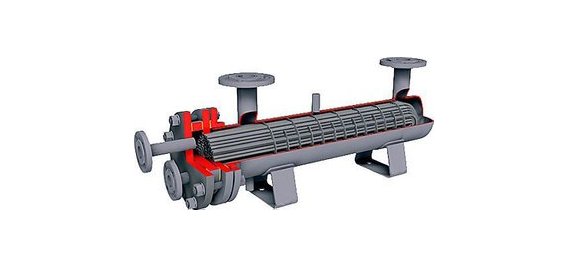
Specifying A Liquid-Liquid Heat Exchanger
Nov 07 2010 06:00 PM |
Chris Haslego
in Heat Transfer
As an engineer, specifying heat exchangers for procurement is an important step in the successful execution of any heat transfer or energy conservation project. Early recognition that there are many different heat transfer technologies available can he...
Article Images:
Read story →
1 comments





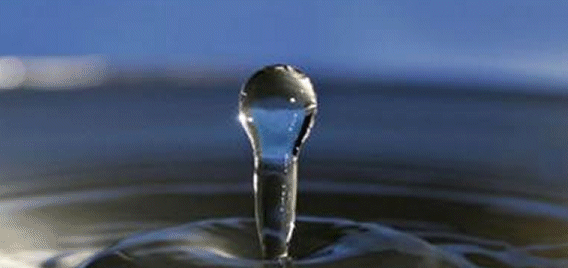
Thermodynamic and Transport Properties of Water...
Nov 08 2010 01:20 PM |
bspang
in Physical Properties
Water is not only one of the most common substances and indispensable to life, it's also one of the most important media in engineering applications. Steam engines with water as the working fluid were at the beginning of the industrial revolution. The...
Article Images:
Read story →
4 comments





Chemistry of Photography
Nov 08 2010 01:30 PM |
Chris Haslego
in Other Topics
While it is easy to make comparisons between the pupil of the eye and the f-stop of a camera or between the retina of the eye and photographic film, once we get past the basic similarities of the optics of the two systems, comparisons begin to rapidly...
Article Images:
Read story →
0 comments





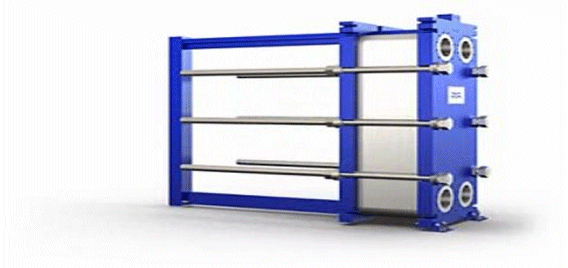
Plate Heat Exchangers: Preliminary Design
Nov 08 2010 12:50 PM |
Chris Haslego
in Heat Transfer
Numerous articles have been published regarding the advantages of compact heat exchangers. Briefly, their higher heat transfer coefficients, compact size, ease of service, cost effectiveness, and their unique ability to handle fouling fluids make compa...
Article Images:
Read story →
5 comments





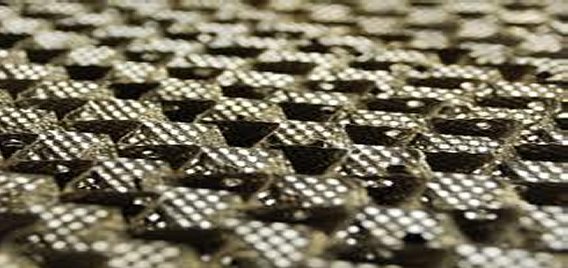
Packed Column Design
Nov 08 2010 01:20 PM |
Chris Haslego
in Separation Technology
Designing a randomly packed column is a subtle blend of art and science. Packed columns are most frequently used to remove contaminants from a gas stream (absorption). However, packed columns can also be used to remove volatile components from a liquid...
Article Images:
Read story →
5 comments





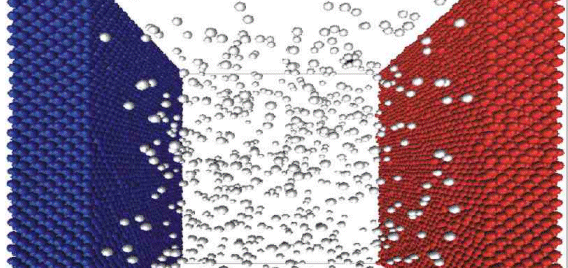
Correlations for Convective Heat Transfer
Nov 08 2010 01:20 PM |
bspang
in Heat Transfer
In many cases it's convenient to have simple equations for estimation of heat transfer coefficients. Below is a collection of recommended correlations for single-phase convective flow in different geometries as well as a few equations for heat transfer...
Article Images:
[attachment=5123:IPC]
Read story →
0 comments





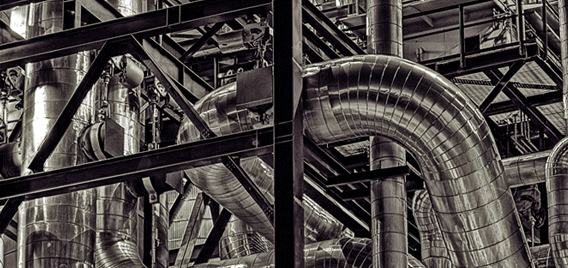
Using Equivalent Lengths of Valves and Fittings
Nov 08 2010 01:20 PM |
pleckner
in Fluid Flow
One of the most basic calculations performed by any process engineer, whether in design or in the plant, is line sizing and pipeline pressure loss. Typically known are the flow rate, temperature and corresponding viscosity and specific gravity of the f...
Article Images:
Read story →
3 comments





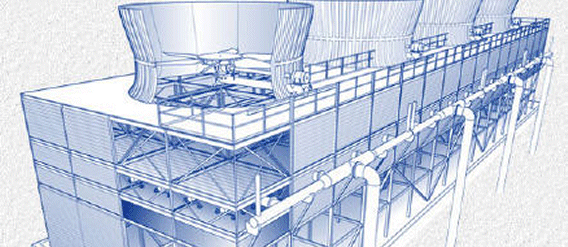
Cooling Towers: Design and Operation Considerat...
Nov 08 2010 12:50 PM |
Chris Haslego
in Heat Transfer
Cooling towers are a very important part of many chemical plants. They represent a relatively inexpensive and dependable means of removing low grade heat from cooling water.The make-up water source is used to replenish water lost to evaporation. Hot wa...
Article Images:
[attachment=4404:IPC]
Read story →
3 comments





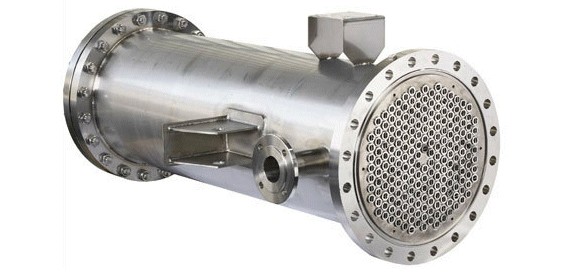
U in Heat Exchangers
May 10 2012 08:19 AM |
bspang
in Heat Transfer
Typical values of U are useful for quickly estimating the required surface area. The literature has many tabulations of such typical coefficients for commercial heat transfer services.
Read story → 0 comments





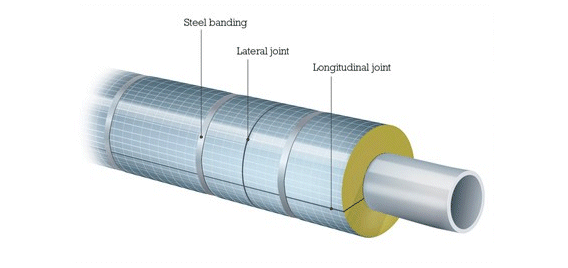
Making Decisions with Insulation
Nov 08 2010 12:30 PM |
Chris Haslego
in Heat Transfer
Many people overlook the importance of insulation in the chemical industry. Some estimates have predicted that insulation in U.S. industry alone saves approximately 200 million barrels of oil every year. While placing insulation onto a pipe is fairly...
Article Images:
Read story →
2 comments





Centrifugal Pumps: Understanding Cavitation
Nov 08 2010 01:30 PM |
Mukesh Sahdev
in Fluid Flow
Operating a pump under the condition of cavitation for even a short period of time can have damaging consequences for both the equipment and the process. Operating a pump at low flow conditions for an extended duration may also have damaging consequenc...
Article Images:
Read story →
12 comments





Pyrophoric Iron Fires
Nov 08 2010 01:30 PM |
Mukesh Sahdev
in Safety and Pressure Relief
At one time or another, most refineries experience spontaneous ignition of iron sulfide either on the ground or inside equipment. When this occurs inside equipment like columns, vessels, and tanks and exchangers containing residual hydrocarbons and air...
Article Images:
Read story →
1 comments





Pinch Technology: Basics for Beginners
Nov 08 2010 01:30 PM |
Mukesh Sahdev
in Heat Transfer
While oil prices continue to climb, energy conservation remains the prime concern for many process industries. The challenge every process engineer is faced with is to seek answers to questions related to their process energy patterns. A few of the fre...
Article Images:
Read story →
0 comments





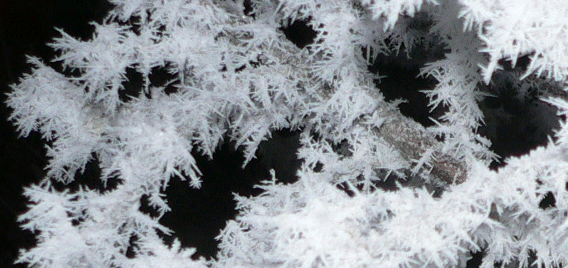
Crystallization
Nov 08 2010 01:30 PM |
Chris Haslego
in Separation Technology
Crystallization refers to the formation of solid crystals from a homogeneous solution. It is essentially a solid-liquid separation technique and a very important one at that. Crystals are grown in many shapes, which are dependent upon downstream proc...
Article Images:
Read story →
0 comments





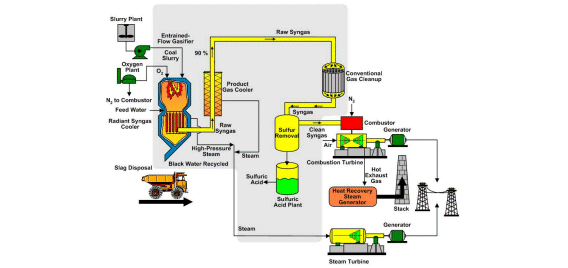
Experienced Based Rules of Chemical Engineering
Nov 08 2010 01:00 PM |
Chris Haslego
in Calculations and Tips
Experience is typically what turns a good engineer into a great engineer. An engineer that can look at a pipe and a flowmeter and guess the pressure drop within 5%. Someone who can at least estimate the size of a vessel without doing any calculations....
Article Images:
[attachment=5123:IPC]
Read story →
13 comments





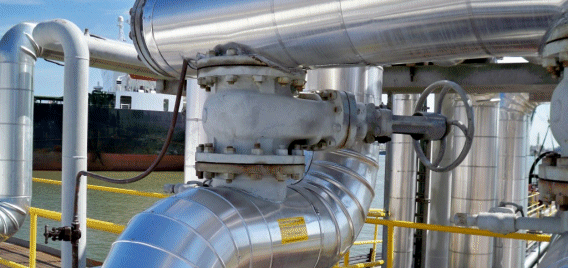
Steam Tracing with MS Excel
May 24 2012 06:50 PM |
adelange
in Heat Transfer
Heat tracing is used to prevent heat loss from process fluids being transported in process fluid pipes, when there is risk of damage to piping, or interference with operation such as fouling or blockage, caused by the congealing, increase in viscosity, or separation of components, in the fluid below certain temperatures, or when there is risk of formation of corrosive substances or water due to condensation in corrosive services.
Article Images:
Read story →
3 comments





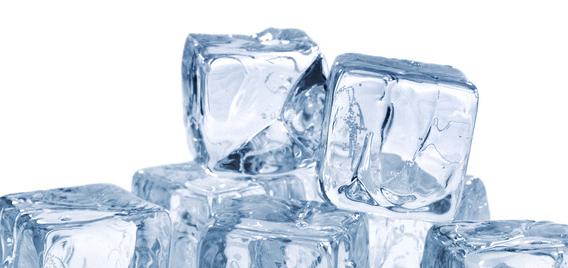
Basics of Industrial Heat Transfer
Nov 08 2010 01:30 PM |
Chris Haslego
in Heat Transfer
Heat transfer is one of the most important industrial processes. Throughout any industrial facility, heat must be added, removed, or moved from one process stream to another. Understanding the basics of the heart of this operation is key to any enginee...
Article Images:
Read story →
3 comments





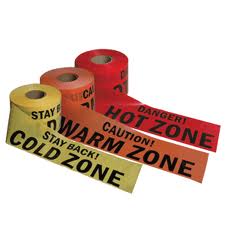
Design Considerations for Shell and Tube Heat E...
Nov 08 2010 01:30 PM |
Chris Haslego
in Heat Transfer
When preparing to design a heat exchanger, do you ever wonder where to start? You've done it before, but you hate that feeling of getting half way through the design and realizing that you forgot to consider one important element.The thought process i...
Article Images:
Read story →
3 comments





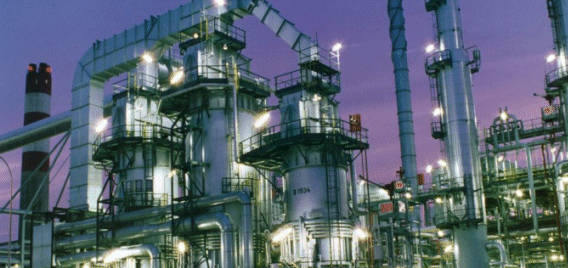
Refinery Planning and Optimization
Nov 08 2010 01:10 PM |
Mukesh Sahdev
in Energy
Modern optimization techniques have challenged organizations to rethink the way they conduct business both internally and externally, i.e. how efficiently and effectively their entire supply chain is managed. Supply Chain Management (SCM) is one such b...
Article Images:
Read story →
1 comments





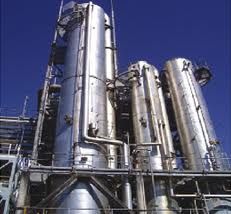
Extractive Distillation: An In-Depth Look
Nov 08 2010 01:40 PM |
Chris Haslego
in Separation Technology
Distillation is the most widely used separation technique in the chemical and petroleum industry. However, not all liquid mixture are amenable to ordinary fractional distillation. When the components of the system have low relative volatilities (1.00...
Article Images:
Read story →
3 comments






 FB
FB
